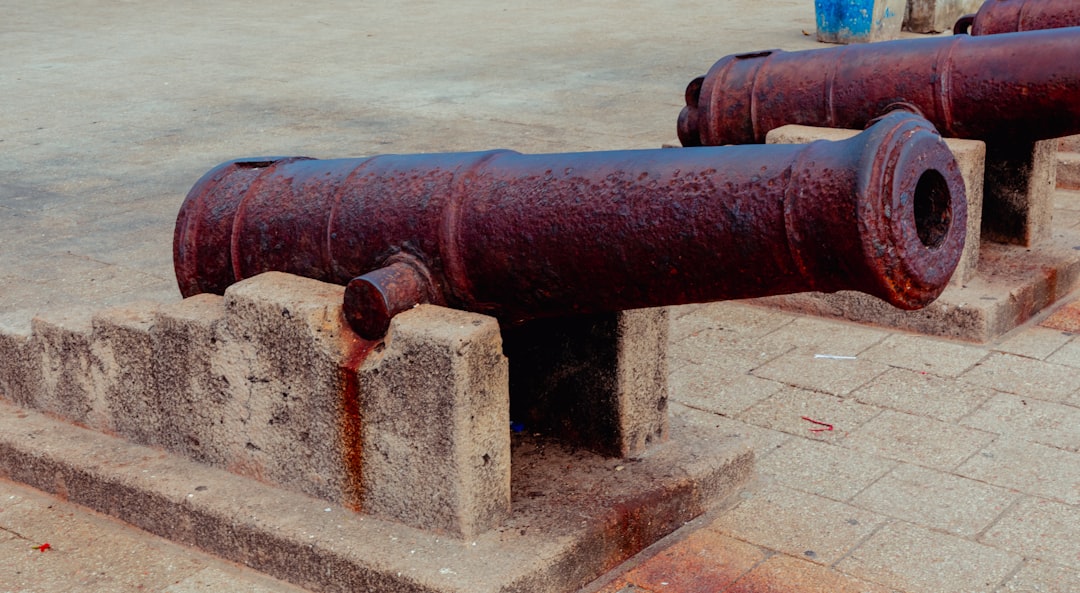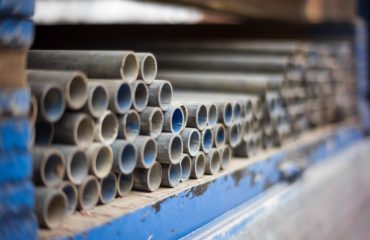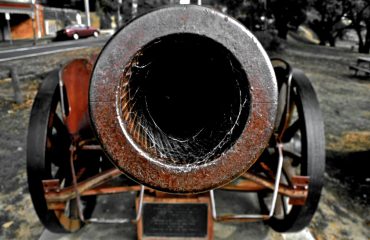High-pressure piping systems are critical components in numerous industries, from oil and gas to chemical processing and power generation. These systems, while essential for efficient operation, pose significant risks if not properly designed, installed, and maintained. This comprehensive guide delves into the crucial aspects of high-pressure pipe safety, equipping you with the knowledge to mitigate potential hazards and ensure operational integrity.
1. Material Selection: The Foundation of High-Pressure Pipe Safety
The choice of pipe material is paramount in high-pressure applications. The material must possess sufficient strength, ductility, and resistance to corrosion and fatigue to withstand the extreme pressures and potential environmental factors. Common materials include:
- Carbon Steel: A widely used material due to its strength and cost-effectiveness, but susceptible to corrosion. Requires protective coatings or linings in corrosive environments.
- Stainless Steel: Offers superior corrosion resistance compared to carbon steel, making it suitable for aggressive chemicals and high-temperature applications. Different grades offer varying levels of strength and corrosion resistance.
- Alloy Steels: Specifically designed for high-temperature and high-pressure applications, often incorporating elements like chromium, molybdenum, and nickel to enhance strength and corrosion resistance.
- Non-Metallic Materials: Such as plastics (e.g., PVC, HDPE) and fiberglass-reinforced polymers (FRP), are used in specific applications where corrosion resistance is critical, though they may have limitations in terms of pressure and temperature capabilities.
- Visual Inspections: Checking for signs of corrosion, erosion, leaks, dents, or other damage.
- Non-Destructive Testing (NDT): Employing techniques like ultrasonic testing (UT), radiographic testing (RT), and magnetic particle testing (MT) to detect internal flaws and weaknesses that may not be visible on the surface.
- Pressure Testing: Periodically subjecting the system to a controlled pressure exceeding the operating pressure to identify weaknesses and leaks.
- Leak Detection Systems: Installing sophisticated leak detection systems that provide early warnings of potential leaks, allowing for prompt remediation.
- Emergency Shutdown Procedures: Clear and concise steps for safely shutting down the system in case of a leak, rupture, or other emergency.
- Leak Containment and Control: Strategies for containing leaks and preventing the spread of hazardous materials.
- Evacuation Plans: Procedures for safely evacuating personnel from the affected area.
- Emergency Response Team Training: Regular training for personnel on emergency procedures, including the use of personal protective equipment (PPE) and emergency response equipment.
Careful consideration of the specific operating conditions, including pressure, temperature, and the nature of the transported fluid, is crucial in selecting the appropriate material to ensure long-term safety and reliability.
2. Regular Inspection and Maintenance: Preventing Catastrophic Failures
Regular and thorough inspections are fundamental to maintaining the integrity of high-pressure piping systems. These inspections should include:
A comprehensive maintenance program, incorporating regular inspections, repairs, and replacements, is essential for preventing catastrophic failures and ensuring the longevity of the system.
3. Pressure Testing and System Validation: Ensuring Operational Integrity
Pressure testing is a critical step in verifying the integrity of high-pressure piping systems. This involves gradually increasing the pressure within the system to a predetermined level (typically exceeding the maximum operating pressure) and monitoring for leaks or other anomalies. The specific testing procedures and pressure levels must comply with relevant industry standards and regulations.
Following pressure testing, comprehensive documentation of the results is essential. This documentation should include the test date, pressure levels, any observed leaks or defects, and the corrective actions taken. This documentation serves as a vital record for future maintenance and safety assessments.
4. Emergency Procedures and Response: Minimizing the Impact of Incidents
Despite meticulous planning and maintenance, incidents can still occur. Having well-defined emergency procedures and a trained response team is crucial for minimizing the impact of such incidents. These procedures should include:
Regular drills and simulations are essential to ensure the effectiveness of emergency procedures and the preparedness of the response team.
5. Regulatory Compliance and Best Practices: Adhering to Safety Standards
Operating high-pressure piping systems requires strict adherence to relevant safety regulations and industry best practices. These regulations vary depending on the location and industry, but generally cover aspects such as design, installation, inspection, testing, and emergency procedures. Staying informed about these regulations and implementing best practices is crucial for ensuring compliance and minimizing risks.
Organizations should establish a robust safety management system that incorporates regular audits, training programs, and continuous improvement initiatives. This system should ensure that all aspects of high-pressure pipe safety are addressed and that personnel are adequately trained and equipped to handle potential hazards.
By diligently following these guidelines and prioritizing safety at every stage, organizations can effectively manage the risks associated with high-pressure piping systems and ensure the safe and efficient operation of their facilities.




